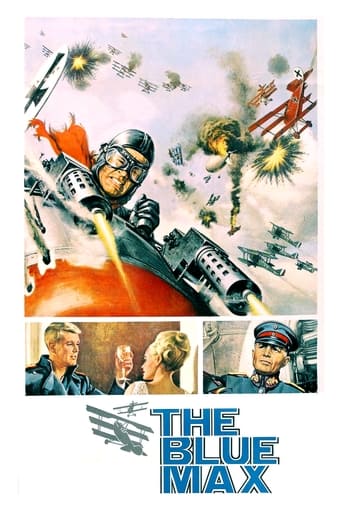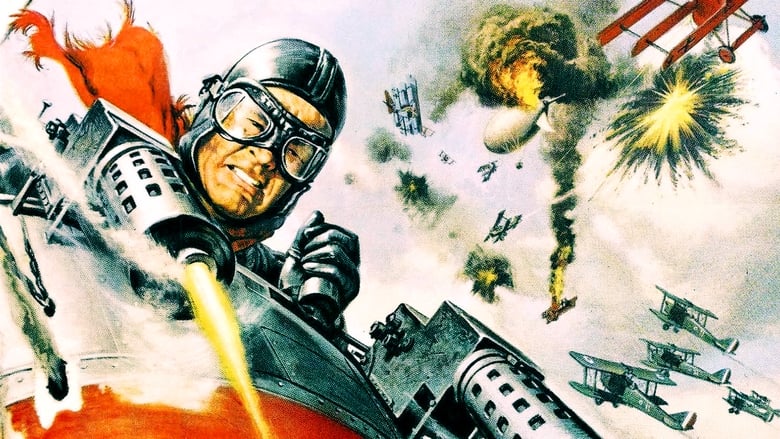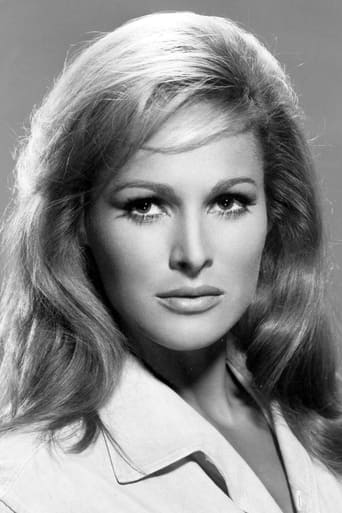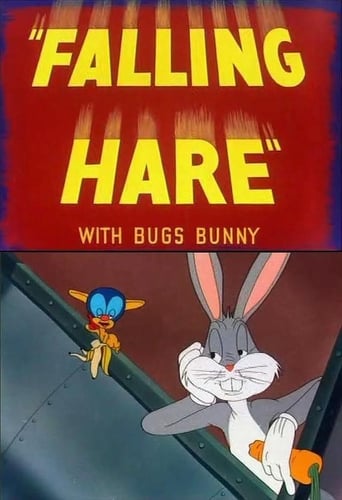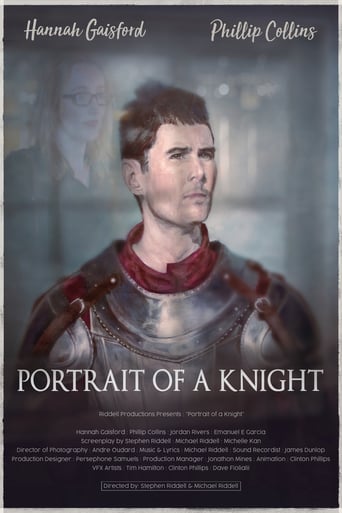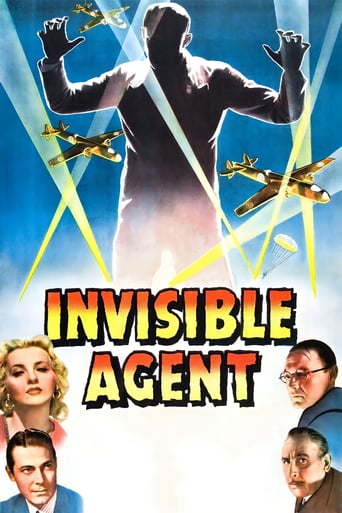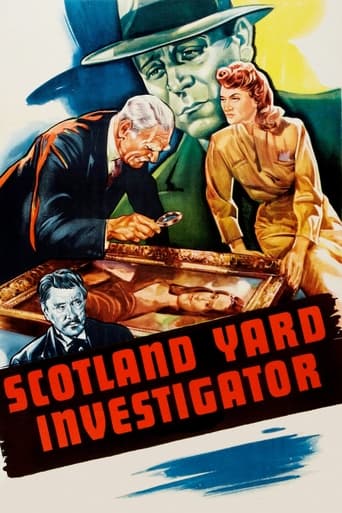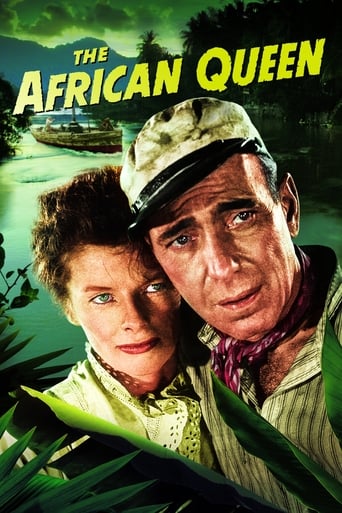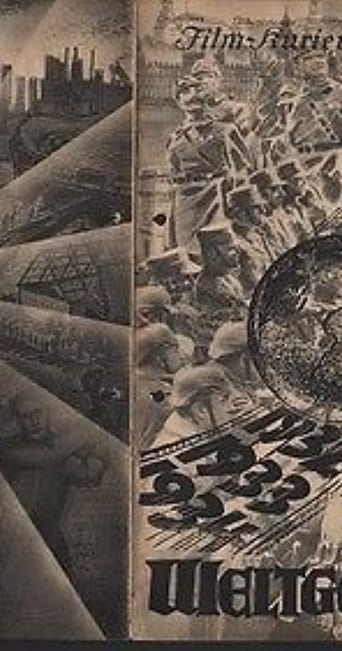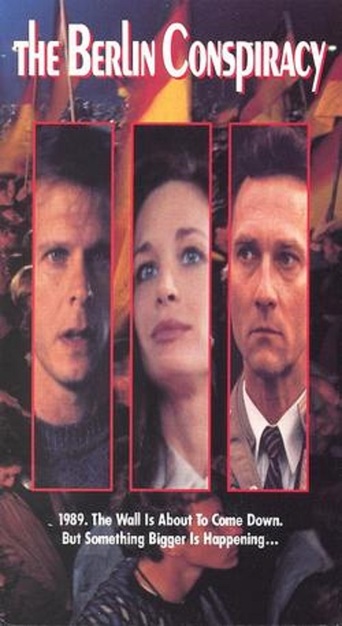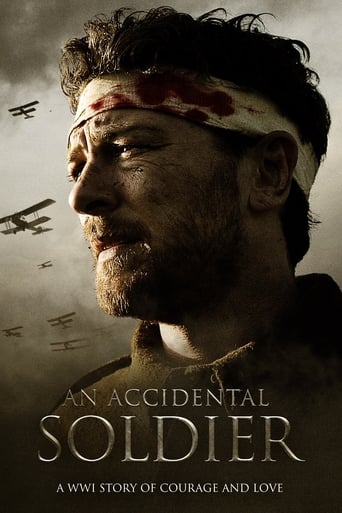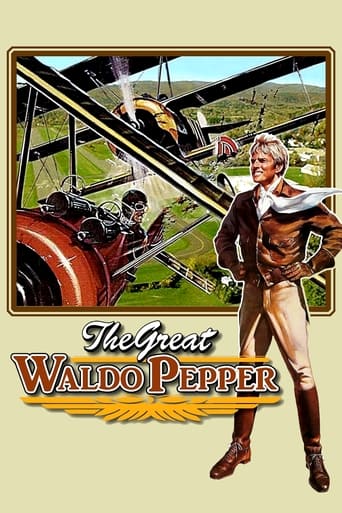The Blue Max (1966)
A young pilot in the German air force of 1918, disliked as lower-class and unchivalrous, tries ambitiously to earn the medal offered for 20 kills.
Watch Trailer
Cast


Similar titles
Reviews
Touches You
Boring
It's entirely possible that sending the audience out feeling lousy was intentional
It's simply great fun, a winsome film and an occasionally over-the-top luxury fantasy that never flags.
Long before "Waltz of the Toreadors", I had always regarded John Guillermin as a major film-making talent. After a series of second features distinguished mainly by his enthusiasm for unpredictable camera angles, Guillermin was given his head by John Grierson on the Group 3 comedy, "Miss Robin Hood", with a startlingly undisciplined result. His undeniable vigor and inventiveness were then seen to best advantage in the children's film, "Adventure in the Hopfields", and to a lesser extent in "Town on Trial". In 1960, two years before "Waltz of the Toreadors", he directed another Peter Sellers' vehicle, "Never Let Go", which had the distinction of being banned in Australia. With "The Blue Max:, Guillermin may now truly be said to have come of age. Not only is the budget of "The Blue Max" greater than all his previous films combined, but he has managed to sustain his inventiveness right throughout the entire film. Indeed, each scene is more inventive than the last, and the film progresses to a really stunning climax, one of the finest exercises of sheer film-craft I have seen for years.Of course, the director has been greatly helped by his brilliant cinematographer, Douglas Slocombe, who has achieved some wonderful effects in lighting and color. Just one example of the sheer expertise behind the film is the way Slocombe's camera-work blends so perfectly with the aerial shots photographed by Skeets Kelly. If we had not been told, it would be impossible to separate the work of one man from the other. This, of course, is how it should be, but it is not often the case. Notice how poorly the photography blends together in "Red Line 7,000", for instance.Also, no doubt of great assistance to the director, was his talented cast. James Mason gives a superb performance as the conniving Count — one of the most magnetic portrayals he has drawn since Rommel of The Desert Fox. Peppard and Ursula Andress are excellent, and the German actors, Jeremy Kemp and Karl Michael Vogler, turn in such arresting performances they will almost assuredly find themselves in great demand for other roles in English-speaking films. Anton Diffring has for some time been a top star in Britain, where he has specialized in horror films such as "Circus of Horrors", and "The Man Who Could Cheat Death".Full credit for the choice and combination of such a wonderful team both behind and in front of the camera belongs to Elmo Williams, the brilliant former editor (he won an Academy Award for "High Noon") and lately second unit director, "The Vikings", "The Longest Day". For a while there, Williams was in charge of all 20th Century-Fox's European productions.
This is an interesting story revolving around the heavier-than-aircraft of World War I (about 100 years ago). But, this movie is really about more than just WW I pilots and aircraft. It is a drama about German classicism (during the period) and the difference between how the upper class and the lower class viewed their roles as war pilots. The movie opens in 1916 with Bruno Stachel (George Peppard) trapped in German trenches at the Western Front. We watch him as he marvels at the aircraft flying overhead, free to maneuver at will. After he is promoted and takes his pilot training, in 1918 he reports to the Air Corps only to find that he is not from the right social class: -------------------------------"His colleagues aren't happy with him, not only because he isn't an aristocrat like they are, but also because he's extremely ambitious. He will do anything to win him his country's most honored medal--The Blue Max. But to win The Blue Max, he'll have to shoot down 20 enemy aircraft, which will all have to be confirmed by his comrades, without getting killed himself. And while being hated by his fellow pilots, he's seen as the people's hero and perfect propaganda material, by the general, and as the ideal lust object, by the general's wife..."The Blue Max" shows very well how the pilots during WWI were almost always noblemen (I guess the most famous one of them all was Manfred Freiherr von Richthofen, better known as the Red Barron), who considered the concept of an honorable death at the hands of a "worthy" opponent still as one of the most important things during their fights. Even at the end of the war in 1918, while on the ground troops had been anonymously slaughtered by the thousands with machine guns and gas, they still considered chivalry as one of the highest goods."-- Philip Van der Veken from Tessenderlo, Belgium 13 May 2005.------------------------------ I think that some of the photography, here, is remarkable, but the story with it intrigue of people using people for their own selfish gains is also quite good. In other words, the movie works on several levels. This is one of those movies that has a great ending. So, if you get into it, don't leave your seat until the final fad out comes....
The Blue Max is one of my all time favorites.! It is historically and militarily not accurate, and George Peppard, at 37 is almost 20 years too old for the role of a World War I pilot. But it is a great adventure movie filled with the daring exploits of early pilots in the Great War. It shows the code of chivalry at the time and the honor of the military forces at the time. It has a great story and characters and lots of great air footage. I first saw this film on TV when I was about ten years old and was mesmerized by it, and still am. Would recommend this to anyone who is a fan of war films. There are few films on this period of history and most history buffs would find this to be quite fascinating. Thank you!
I've seen most of the notable war flicks and "The Blue Max" from 1966 is one of my all-time favorites (other favorites include the original "Apocalypse Now," "Where Eagles Dare," "Platoon" and "The Eagle has Landed").THE PLOT: During World War I a low-class German soldier, Bruno Stachel (George Peppard), transfers from the muddy trenches to the aristocratic air officer corps. Stachel naturally becomes a bit of a fish out of water with his new higher class comrades-in-arms, but this doesn't bother him as Stachel is interested in only one thing -- gunning down twenty enemy planes to get the coveted Blue Max, Germany's Meddle of Honor. In fact, he's so focused on this goal that he'll do anything to achieve it, honorably or dishonorably. His success as a driven fighter pilot prompts his commanding officer to use him as a propaganda tool, a hero from the lower classes who is "common as dirt." Critics of the film complain that Stachel is unlikable and therefore not a very good hero to root for. It is true that Stachel doesn't seem very friendly, but how friendly would you be toward high-class "gentleman" after years of brutal trench warfare? It's also true that he's selfishly ambitious and rebels against the team spirit of the squadron, not to mention direct orders. In addition he's an alcoholic and an adulterer. But, as the German general played by James Mason states, he's brave ruthless and driven -- precisely what Germany needs at the closing months of the war. Stachel isn't a hero, he's an anti-hero.Let's face it, real life offers up few perfect heroes and "The Blue Max" is a powerfully realistic portrayal of air combat during World War I. The story should simply be digested as is without looking for a hero.One of the best sequences takes place in the first half of the picture: Stachel justly feels he is robbed of a "kill" because the plane he shot down couldn't officially be confirmed (even after he forces a corporal to escort him around the rainy countryside for half a day to find the downed plane). Later, while escorting an enemy plane back to home base he shoots the plane down when a wounded tailgunner awakes and instinctively starts shooting. Stachel lands and runs over to the downed plane along with numerous other Germans; he cuts the emblem from the plane and bitterly throws it at the feet of his superiors adamantly stating, "Confirmed." This is one of the most powerful scenes in filmmaking history.The film is universally praised for its scenic and compelling air combat sequences, but some people inexplicably criticize the drama on the ground. Personally, I find the ground story equally as interesting as the air fighting, maybe even more so. Besides, how interesting is mindless non-stop action without the contrast of interesting character-defining drama?Other highlights include a brief appearance of the Red Baron, the ravishing Ursula Undress -- I'm sorry, I mean Andress -- as the general's adulterous wife and an excellent score by (who else?) Jerry Goldsmith.The cinematography and Irish locations are excellent. The overall look of the film is cold, dark, cloudy and wet. In other words, kind of depressing. But, of course, World War I was no happy day at the beach!BOTTOM LINE: "The Blue Max" is a film of epic scope and certainly one of the greatest war films ever made. It may be from 1966 but it's not dated one bit. Highly recommended.

